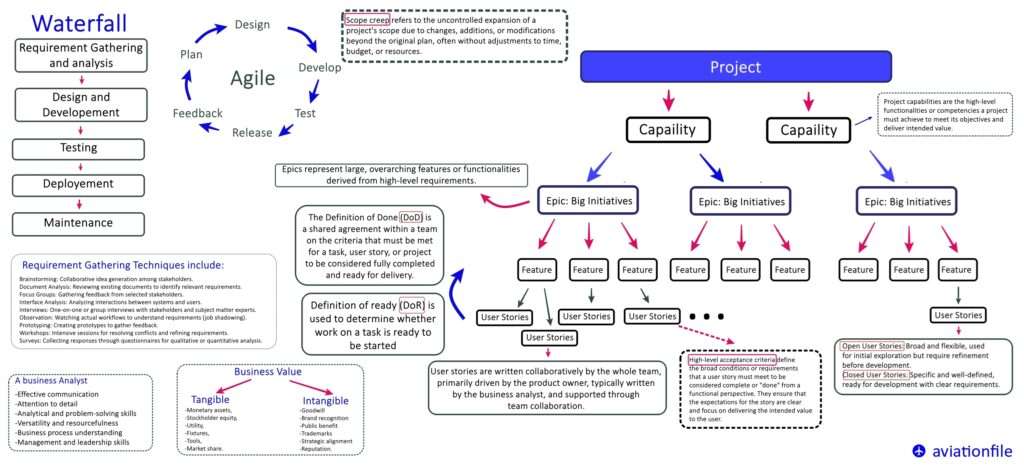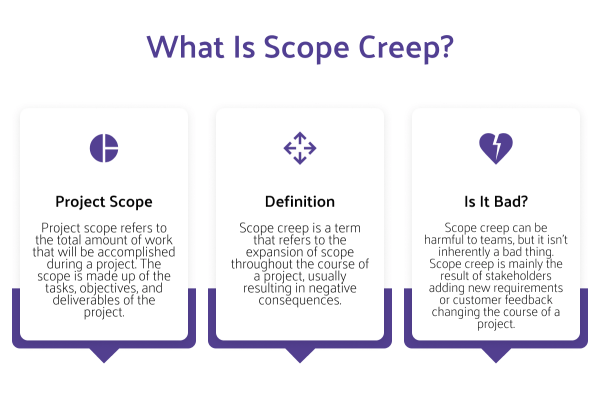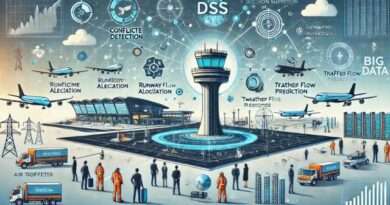Waterfall vs. Agile Project Management: Key Differences, Techniques, and Best Practices
In today’s fast-paced industries, understanding project management methodologies is critical to delivering successful projects. Whether you’re managing aviation-related software implementations, logistics upgrades, or general product development, choosing between Waterfall and Agile can significantly influence outcomes. This article explains the essentials of each method, breaking down the core concepts, including scope creep, requirement gathering, and business value creation.
Understanding the Waterfall Methodology
The Waterfall model follows a linear and sequential approach, ideal for projects with well-defined requirements. It progresses through the following stages:
- Requirement Gathering and Analysis: Identify all requirements before development begins.
- Design and Development: Design the solution based on documented requirements.
- Testing: Validate the system to ensure it meets specifications.
- Deployment: Implement the system in a live environment.
- Maintenance: Address any ongoing issues or improvements post-deployment.
This method is suitable for industries like aviation infrastructure development, where rigid timelines and fixed requirements often apply.
Scope Creep in Waterfall
One of the challenges with Waterfall projects is scope creep, which occurs when the project expands beyond its original goals due to evolving requirements. Without proper change management, scope creep can delay deployment and inflate budgets.
The Agile Methodology: An Iterative Alternative
Unlike Waterfall, Agile is an iterative and flexible approach that encourages frequent feedback and adjustments throughout the project lifecycle. Agile’s core phases include:
- Plan: Set high-level objectives.
- Design: Develop initial solutions.
- Develop: Create features in short iterations (sprints).
- Test: Continuously test and refine.
- Release: Deliver incremental updates.
Agile is highly effective in technology-driven sectors like aviation software development, where rapid adjustments are necessary.

Requirement Gathering Techniques: Ensuring Accurate Project Initiation
Gathering accurate requirements is critical in both methodologies, but the techniques may differ:
- Brainstorming: Encourage collaborative idea generation.
- Document Analysis: Review existing project documents.
- Focus Groups: Gather insights from key stakeholders.
- Interviews: Conduct one-on-one discussions with users or experts.
- Observation: Analyze real-world workflows.
- Prototyping: Test early versions of products.
- Surveys: Gather quantitative and qualitative feedback.
In aviation, where safety is paramount, proper requirement gathering ensures compliance with strict regulations, making these techniques indispensable.
Connecting Projects to Business Value
Successful project management is measured not just by deliverables but by business value. Business value can be:
- Tangible: Assets, tools, market share.
- Intangible: Brand reputation, strategic positioning, goodwill.
For example, in the aviation sector, tangible value may involve fuel-saving technologies, while intangible value could be enhanced customer experience through smoother passenger services.
Breaking Down Projects: Capabilities, Epics, Features, and User Stories
Projects are often decomposed into the following key components:
- Capabilities: High-level functionalities necessary to achieve business goals.
- Epics: Large-scale initiatives derived from major requirements.
- Features: Individual functional components of an epic.
- User Stories: User-centric descriptions that define specific project tasks.
User stories are crucial in Agile. Written collaboratively by product owners, business analysts, and development teams, they ensure a shared understanding of objectives.
- Open User Stories: High-level concepts that require further detailing.
- Closed User Stories: Specific, actionable tasks ready for development.
Definition of Done (DoD) vs. Definition of Ready (DoR)
- DoD: Specifies criteria for completing a task or feature.
- DoR: Establishes when a task is ready to begin, ensuring clarity for all stakeholders.
Both concepts minimize confusion and errors, improving collaboration—especially relevant in highly regulated environments like aviation.
The Risk of Scope Creep in Agile and How to Manage It
Agile projects can also encounter scope creep, especially during rapid iterations. However, Agile mitigates this by:
- Setting high-level acceptance criteria for each feature or user story.
- Using continuous feedback loops to prioritize critical tasks.
- Regular stakeholder involvement to adjust priorities without derailing the project.

When to Choose Waterfall vs. Agile
- Waterfall: Best for fixed-scope projects like airport construction or aircraft maintenance, where changes are costly and difficult.
- Agile: Ideal for projects like aviation software development or air traffic system upgrades, where continuous adaptation is beneficial.
Conclusion
Whether you’re planning a logistics transformation or developing aviation control software, understanding the differences between Waterfall and Agile will help you deliver projects that meet expectations. By leveraging effective requirement gathering techniques, defining clear business value, and managing scope creep, you can enhance project success and efficiency.
If you’re an aviation professional managing technical projects, consider blending these methodologies where appropriate. For example, use Waterfall’s rigorous planning for safety-critical components and Agile’s flexibility for software-based solutions. Balancing structure and adaptability can help you navigate complex project landscapes.
Recommended article: OpenWeatherMap, Unlocking Weather Insights for Developers and Businesses


